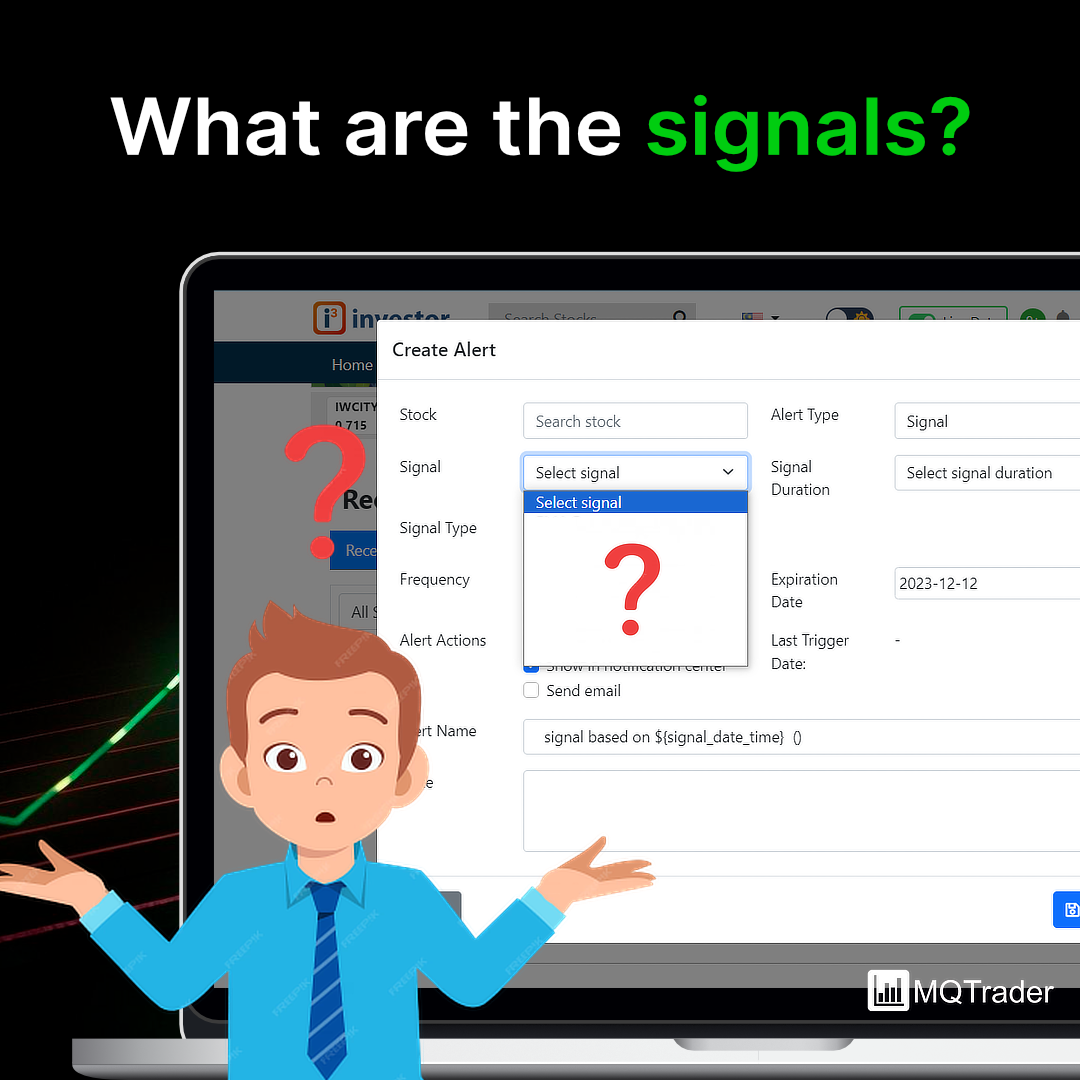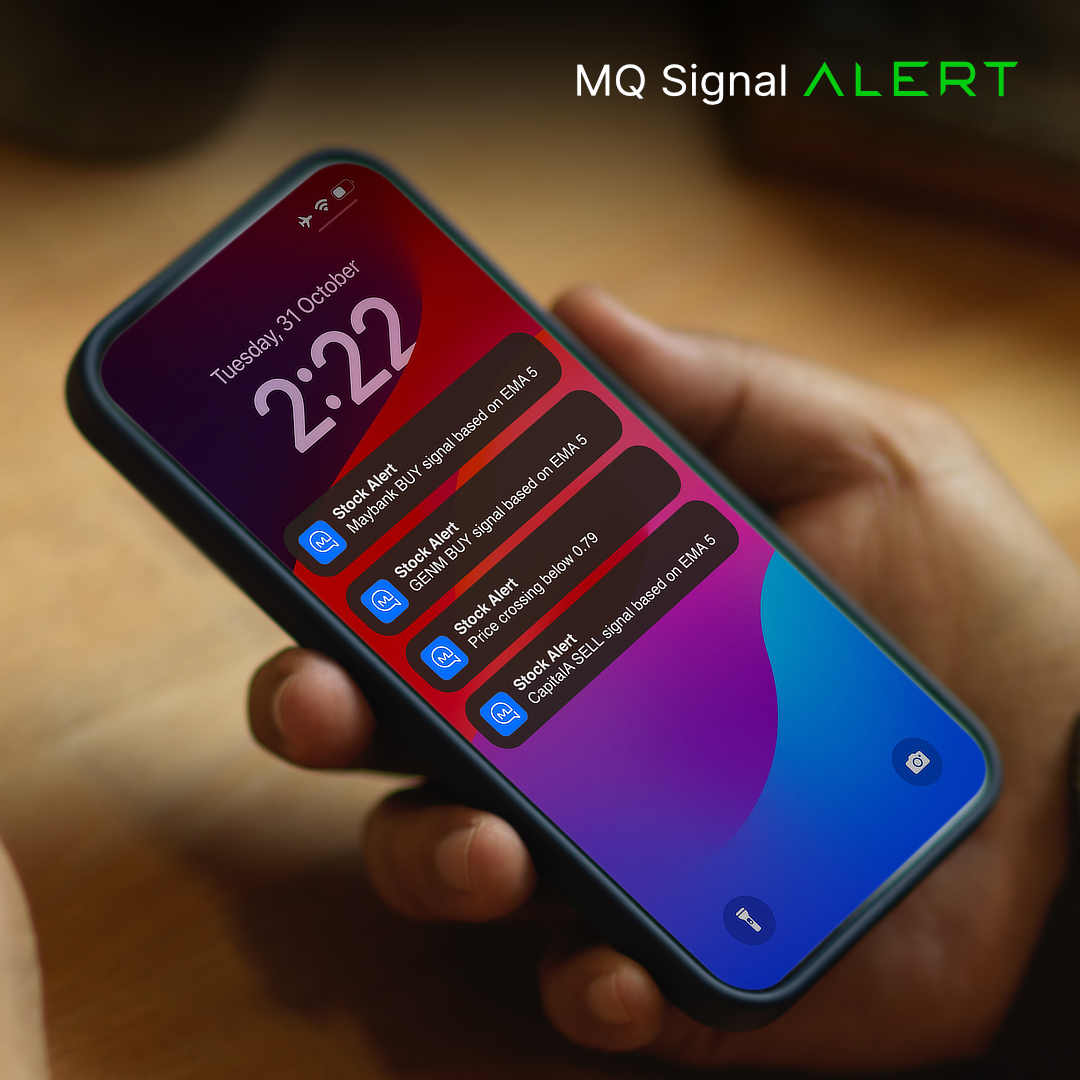Blockchain - The technology tehind of Cryptocurrency (Part 2)
MQTrader Jesse
Publish date: Thu, 15 Sep 2022, 04:36 PM

Crypto’s core technology, the Blockchain technique
Blockchain is a shared immutable ledger that facilitates the process of recording transactions and tracking assets in a business network. A blockchain collects information together in groups, known as blocks, that hold sets of information. Blocks have certain storage capacities and, when filled, it will be closed and linked to the previously filled block, forming a chain of data known as the blockchain.
Blockchain characteristic:
Decentralisation - There is no centralised authority to record and keep all the information.
- Immutable - All the holders will have the complete transaction list, therefore if anyone would like to amend the record they will have to amend it for more than 51% of the block, but the cost is higher than the profit if amended for more than 51% of the block.
- Traceable - All the information is recorded under the chain, therefore people can trace back the earlier records. For example, people trace the record with the username Laszlo Hanyces spent 10,000 bitcoins on buying 2 pizzas in 2010.
- Openness - blockchain is not owned by a single person or a member, it is an open source that is available on the internet. For example, you help to record the information in the block (which will form a chain afterward), then you will get the cryptocurrency as a reward. Therefore, the more people join and record the block, the safer the blockchain is.
- Anonymity - All transfer records can be seen on the blockchain network, but the owner behind the address cannot be known. For example, when shopping on the blockchain network, the seller will know your address but does not know who the buyer is, eliminating the risk of all identity information being leaked.
An easy sample to explain blockchain
This is the system we are using currently which is a centralised system. For example, the old man represents a leader in the village. When people A want to borrow money from people B, they will go to the old man's house and make a record in a transaction list. Therefore the old man is just like a centre to control all the information.
In this case, the risk is high, as the old man could amend the transaction list for his self-interest, or someone else could steal the transaction list from the old man.
This is the commonly used system in our current society. For example, the government controls all the data and policy, big tech companies control the user data and use it to earn money, and banks control the money and use different kinds of service charges to earn a profit, etc.
This is the same scenario but a decentralised system is used. When A wants to borrow the money from B, every resident will have a transaction list, and it will be recorded with “ A borrowed money from B”. Therefore no one can simply amend the record.
How can blockchain change the world?
1. Distributed ledger technology
According to the evolution of accounting, in the 14th century, people began to use the single entry for bookkeeping. All the details such as date, product, and amount will be recorded under a single column. When the bookkeeper calculates the profit and loss, they will have to read all the columns one by one and this is a very low-efficiency method.
In the 15th century, Italian mathematician Luca Pacioli created a double-entry method that would show the debit and credit on the bookkeeping. The double-entry method is more efficient in showing the company's performance in bookkeeping compared to the single-entry method. This method also moved to America with European colonies and improved the accounting method.
In short, the current accounting method has been used for about 600 years and may no longer be suitable for accounting. This is because the volume of transactions has grown explosively compared to the last few centuries. The huge transaction volume will make accounting more complicated. So criminals can easily change the transaction record when the accounting is complicated to check. This action will hurt investors, like the Waste Management fraud, Enron scandal, WorldCom scandal, Freddie Mac scandal, etc. Therefore, blockchain technology can prevent these frauds because it is immutable and traceable.
2. Personal data protection and certification
The blockchain technique is able to certify personal data. In today’s society, normally people’s identities are proven by the government, in other words, you cannot provide any proof of your identity, the only proof is the identity card provided by the government. In this case, if there is an accident on the government side that causes all the identity data corruption, this has very serious consequences. This happens not only in personal identity but also in a private property. For example, if a war ruins all your data in all the relevant institutions (government, personal bank, other related institutions). How do you prove your identity, and how do you prove that it is your asset? This scenario is happening in our world, especially in the country that is frequently at war. This situation may become a breeding ground for crime in the future.
Furthermore, we will talk about how blockchain protects personal data. People will always disclose extra personal information and this will cause the risk of data leakage. For example, if you would like to watch a movie with PG18, the staff might request you to show your identity card for them to verify. In these cases, you only have to show the identity number to prove your birth date, however, your identity card also discloses some extra details which are unnecessary such as your address, your name, etc. This is one example of data leakage, and people might use your personal information to harm you in the future.
The occurrence of blockchain also helps to solve and avoid the risk of data leakage, as people can use the blockchain technology to the disclosure on specific data, for example, if it only requests you to disclosure your gender, you may just select to disclose the gender, so that your name, address, identity number or other details will not be involved in the risk of data leakage.
3. Revolutionise the traditional exchange method
The current banking system is using the correspondent banking model.
Source: Aite Group
According to the above model, we realise that a deposit from Country A to Country B will have to go through a complicated intermediary process and there are many different kinds of charges when we make the transfer. If you deposit from Country A to Country B, the fund will be from your bank system and go through a payment system to correspondent bank A. After that, it will transfer from correspondent bank A to correspondent bank B and go through again the payment system and finally reach the payee’s bank in country B.
Because of all these complicated processes, it will normally take an average transfer duration of around 3 days to settle. And this is how most banking and stock market systems operate, which is slow and inefficient.
However, the blockchain technique is using a peer-to-peer exchange that allows users to buy or sell directly with another user. Unlike centralised exchanges where you have to complete KYC to process an order, most peer-to-peer exchanges allow you to send/receive cryptocurrencies without asking you for identity verification. Also, exchanges based on the peer-to-peer model have no single point of failure like centralised exchanges do. The peer-to-peer exchange will make the transaction more efficient and cost less.
MQ Views
Blockchain technology is a game changer in our current systems such as accounting systems, current transaction methods, and data management. In addition, blockchain technology can also improve network security, Internet of Things (IoT) security, unified communications stability, government or institutional transparency (charity funds), patient data privacy in hospitals, and other areas. This technology is capable of undermining our current business model. However, the decentralised system will not completely replace the centralised system, but will work in parallel to make people more productive. For example, the Industrial Revolution did not abolish the industries associated with agriculture. It merely helped improve people's production, freeing up more human resources to develop in other industries.
However, the current situation with cryptocurrencies is somewhat different, as most governments have not publicly supported cryptocurrencies as legal tender, and public acceptance of cryptocurrencies is very low. Therefore, they do not currently provide any valuable benefit to our society. We believe that blockchain needs to develop in a healthier environment and that the government and businesses will work together to promote this technology. For example, after the tech bubble in 2000, a more stable growth environment for the tech industry emerged, and today's tech giants were born. Especially in the age of information abundance, the data revolution is indispensable.
At this stage, blockchain technology is still immature and has certain shortcomings, e.g., ethics, regulatory system, legal protection, public opinion, technical shortcomings, national policy, etc. Conceivably, of course, this is not a problem that can be solved in a jiffy. As it evolves, some problems will be solved, and at the same time, new problems will arise. This is the challenge that new technology must face as it develops. We expect blockchain technology to bring a different experience to human society in the near future.
Haven't read before part 1 ? Click here to refer back to the part 1 blog!
Community Feedback
We encourage traders to try out and evaluate the MQ Trader system and provide us feedback on the features you like to see in the system. We have received many positive feedbacks so far, and we are currently compiling and reviewing them for possible inclusion into the next release of the system.
We would like to develop this system based on community feedback to cater for community needs. Thanks to all those who have provided valuable feedback to us. Keep those feedback coming in!
Disclaimer
This article does not represent a BUY or SELL recommendation on the stock covered. Traders and Investors are encouraged to do their own analysis on stocks instead of blindly following any Trading calls raised by various parties in the Internet. We may or may not hold position in the stock covered, or initiate new position in the stock within the next 7 days.
Join us now!
MQ Trader stock analysis system uses Artificial Intelligence (AI), various technical indicators and quantitative data to generate accurate trading signals without the interference of human's emotions and bias against any particular stock. It comprises trading strategies which are very popular among fund managers for analysing stocks.
MQ Trader stock analysis system is SPONSORED for MQ Trader members. To use this amazing tool, you can sign up via MQ Trader Sign Up!
Contact us
Please do not hesitate to contact us if you have any enquiry:
Facebook: https://www.facebook.com/mqtrader
Instagram:https://www.instagram.com/mqtrader
i3messanger: https://messenger.i3investor.com/m/chatmq
YouTube: https://www.youtube.com/channel/UCq-26SGjlQTVQfO7DoEihlg
Email: admin@mqtrader.com
More articles on MQ Expresso






Created by MQTrader Jesse | Oct 26, 2023


Created by MQTrader Jesse | Oct 12, 2023























